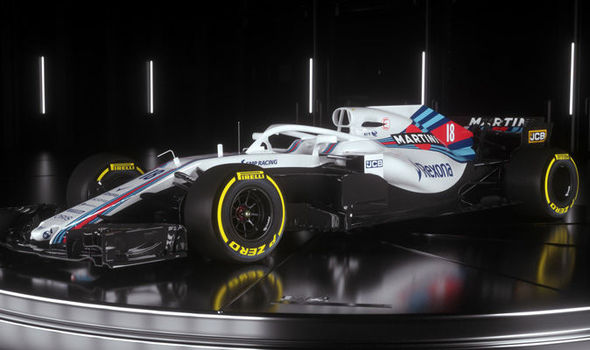The unjust pariah – Why F1’s halo deserves more tolerance

By Callum Springall
Rarely has there been a device garnering so much abuse and so many threats of turned backs on a lifelong following of Formula 1. And who would have thought it would effectively be a carbon fibre tube suspended by a pillar that would manage it?
That may make the halo sound a more trivial matter than it really is, but many aspects are far from it.
Granted, it’s a fair criticism to suggest it was a rushed plaster for a theoretical axe wound, brought in by a governing body desperate to be seen as doing something to improve an area so overlooked, compared to other forms of driver safety: the head.
Granted, the introduction of the halo would likely have done nothing to help Jules Bianchi, Justin Wilson and Dan Wheldon – whose tragic deaths all occurred after the beginning of the development of greater head protection in 2009.
Granted, it makes some of the sleekest machinery in the world appear far more ‘Death Star II’ than the one that preceded it; while the FIA rejected the far less aesthetically damaging – and possibly more effective – ‘shield’ concept after it’s sole public test.
However, the halo deserves far more patience than the hitherto nonexistent level it receives today – and its pre-race debut vilification is testament to that.
Firstly, there is no ‘viable’ concept. No matter the solution – be it the halo, Ferrari’s shield, Red Bull’s aeroscreen nor the current open-cockpit non-solution, for the record – there are always going to be crippling downsides.
Needless to say a fully open cockpit will soon become outdated if it isn’t already, which many would presumably contest. But head protection systems have been a foregone conclusion for years, in the light of the aforementioned deaths – as well as that of Henry Surtees, plus Felipe Massa’s accident in 2009.
Of course it could be said that drivers shouldn’t race if they fear death, but if this became a rule there wouldn’t be a single dropout on the F1 grid. So there is an element of drivers needing to be protected from themselves.
Most pertinently for the shield there exists the lack of visibility due its angle at eye level, while both the shield and aeroscreen would probably flounder in the wet without a windscreen wiper. It’s also possible the screens could fog up in certain conditions.
Compare these more existential issues to the more serial ones of the halo, and the reasons the FIA have introduced it become far clearer.
Primarily, that the centre pillar prevents the driver from seeing the start lights or those suspended from their pit gantry during a stop, while the drivers’ mirrors are also obscured. Of course, these can all be moved to solve the problem with relatively little hassle.
SUBSCRIBE: Listen to The NR F1 Podcast on your chosen podcast player
Some however, may try to argue that the halo is in some ways counterproductive to safety, citing extrication as a factor.
In the tests conducted by the FIA there was practically no impediment by the halo during the extraction of a driver, though there are provisions for the halo to be removed in seconds should it be necessary. And while the time taken for a driver to get out in the event of a fire will increase, the time difference between the current cockpit configuration and the halo could be very small.
Therefore, the most practical and easily implemented solution is the halo, and the simple fact is that the FIA has tested all realistic forms of driver protection – and neither the shield nor the aeroscreen yielded results as reassuring.
At the FIA press conference that revealed the halo as the nominated device for 2018, it was shown to deflect a 20kg wheel travelling at 225kph – roughly 140mph – with practically no damage, while visibility was demonstrated to be better than that of an LMP1 car.
Furthermore the data suggested the halo protected against external objects such as errant wheels, almost impeccably when simulated in various scenarios mimicking ones that had occurred in real life. It even improved scenarios it was not directly designed to affect, such as a car-to-wall or car-to-car impact. From all those perspectives, it’s a no-brainer.
While one is absolutely at one’s liberty to believe that the Halo is nothing short of a hideous mess, it’s hardly the FIA that ought to take the blame; were there to be a fatality in the event that the Halo was removed for non-safety purposes then the governing body would likely be vilified by the courts with its public image in tatters. Not so much ‘motor racing is dangerous’ as ‘motor racing is a death sentence’. It may not be loveable, but the Halo certainly prevents foreseeable disasters regarding liability.
Moreover, the first generation of a device is generally improved upon in later years – just think of where the iPod is now compared to when it was first released, or the mobile phone, or the PlayStation. There’s at least a chance that the Halo could emulate their upward trend – but it doesn’t necessarily mean that the first one should be likeable.
♦ Callum Springall is a member of The NR F1 Podcast crew. You can follow Callum on Twitter @callumspring18

